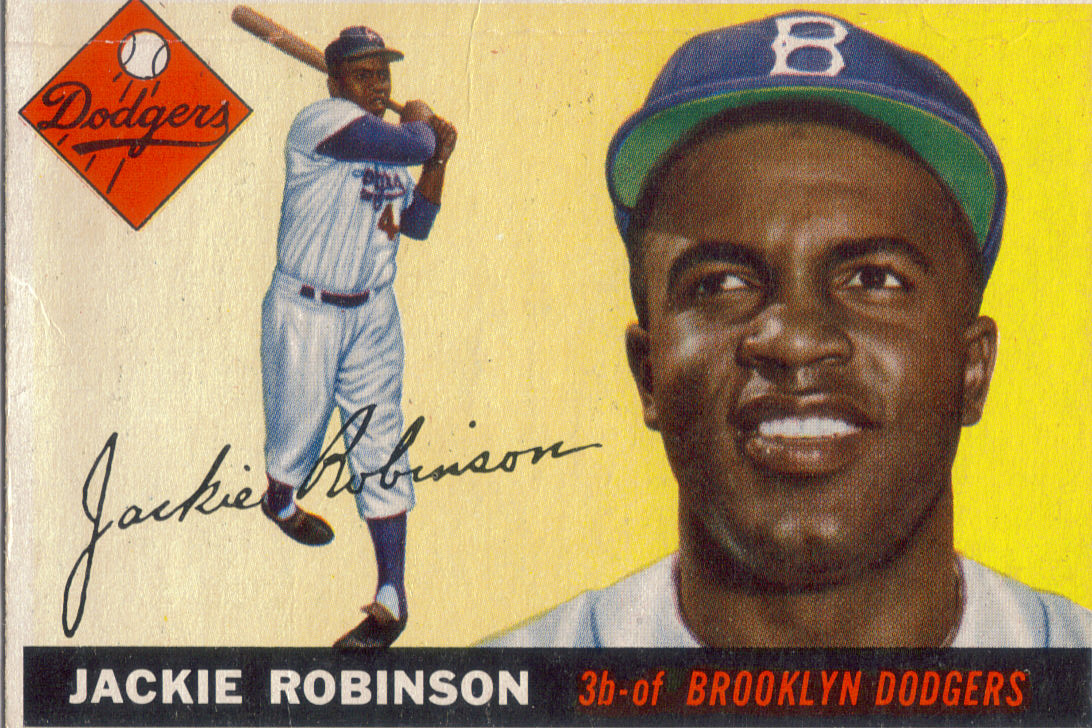Black Music Month Day # 4
When the film Superfly appeared in 1972, cinematic representations of African American men fit into a rather narrow mold. The image of actor Sidney Poitier had loomed large since the 1950s. Suave, worldly, clean-cut, and reared in the Bahamas, this charmer had embossed his virtuous and decidedly non-sexual portrayals of black males onto the consciousness of the American cinema.
His characters distanced black male representations from previous mythic stereotypes such as the “coon,” “buck,” and “tom” of yesteryear. Despite the fact that these stock characters were merely stereotypes, they
powerfully shaped the social and political realities of black citizens. In the 1967 breakthrough film Guess Who’s Coming to Dinner, for example, Poitier played a doctor who had on holiday married the very blonde debutante of a liberal white couple from San Francisco. His character’s polished, aristocratic manner coupled to the peculiarly non-physical relationship with his on-screen spouse did little to challenge the taboo of interracial love, even at the height of the 1960s sexual revolution. Scored with the lush sound of the 19th-century orchestra, the message of the film seemed to be that black middle-class-dom could sit comfortably at the dinner table with white America, barring a few bumps. One would think that Poitier’s “non-confrontational confrontation” of the debilitating array of early twentieth-century black filmic characters would be a welcome change to all African-Americans. Not so.
Superflysignaled a shift in the cinematic terrain. The film opens with a scene that characterizes a new genre whose name merged a new militant attitude with an equally aggressive marketing goal: blaxploitation. Amid a scene of urban blight and bustle, two black men, obviously worn by the struggles of inner city life, engage in agitated conversation. The words “money” and “connection,” quickly cast this exchange in the underworld of drugs. Another word, “nigga’” issues from the mouth of one character and charges the gray, winter air with a radical sense of urgency.
Beneath the frantic dialogue, a flood of key musical symbols underscores the action. As the men navigate the urban space, moving through trash-strewn, ominous looking blocks toward their destination, we hear another important representation of blackness of era, one distancing this film from that of previous decades: the sound of Curtis Mayfield. Opening with a Hammond B-3 organ shifting between two chords, other sounds are gradually layered into the mix. Bongos lace the soundtrack with the essence of the late-1960s Black Power Movement, a historical moment that saw increased interest in symbolic representations of Africa.
Indeed, the scene is saturated with musical and visual symbols of an important historical moment. The characters shuttle past a wall awash with brilliant hues, announcing a mural project sponsored by the Studio Museum in Harlem, a recently opened venue showcasing the works of African American artists. Electric bass and a distorted electric guitar wail bring the psychedelic feel of late 1960s rock into the mix, a gesture that is juxtaposed somewhat audaciously to carefully orchestrated strings and horns. The signature gesture of Mayfield’s work—his unforced, persuasive falsetto voice—provides a dose of gospel-blues to the song even as the saxophonist’s subtle blues licks straddle the piece between the secular and sacred boundaries of African American music. The brave new world of black cinema needed a soundtrack, and Mayfield, one of the 1960s most prolific composers, provided it. The song underscoring the scene, “Little Child, Runnin’ Wild,” relates the story of a young, fatherless boy who is left to face a world of uncertainty because of the circumstances of his birth. His mother’s indifferent; he’s left alone to fend for himself—a ghetto child, running wild. Addicted and broke, he uses dope to ease the pain of existence in this state. Mayfield’s lyrics and his non-saccharine vocal delivery make a powerful statement against the visual imagery it’s meant to magnify.
Check out the opening of the film Superfly
Tags: Curtis Mayfield, Film music, Sidney Poitier, Superfly




 Share On Facebook
Share On Facebook Tweet It
Tweet It




